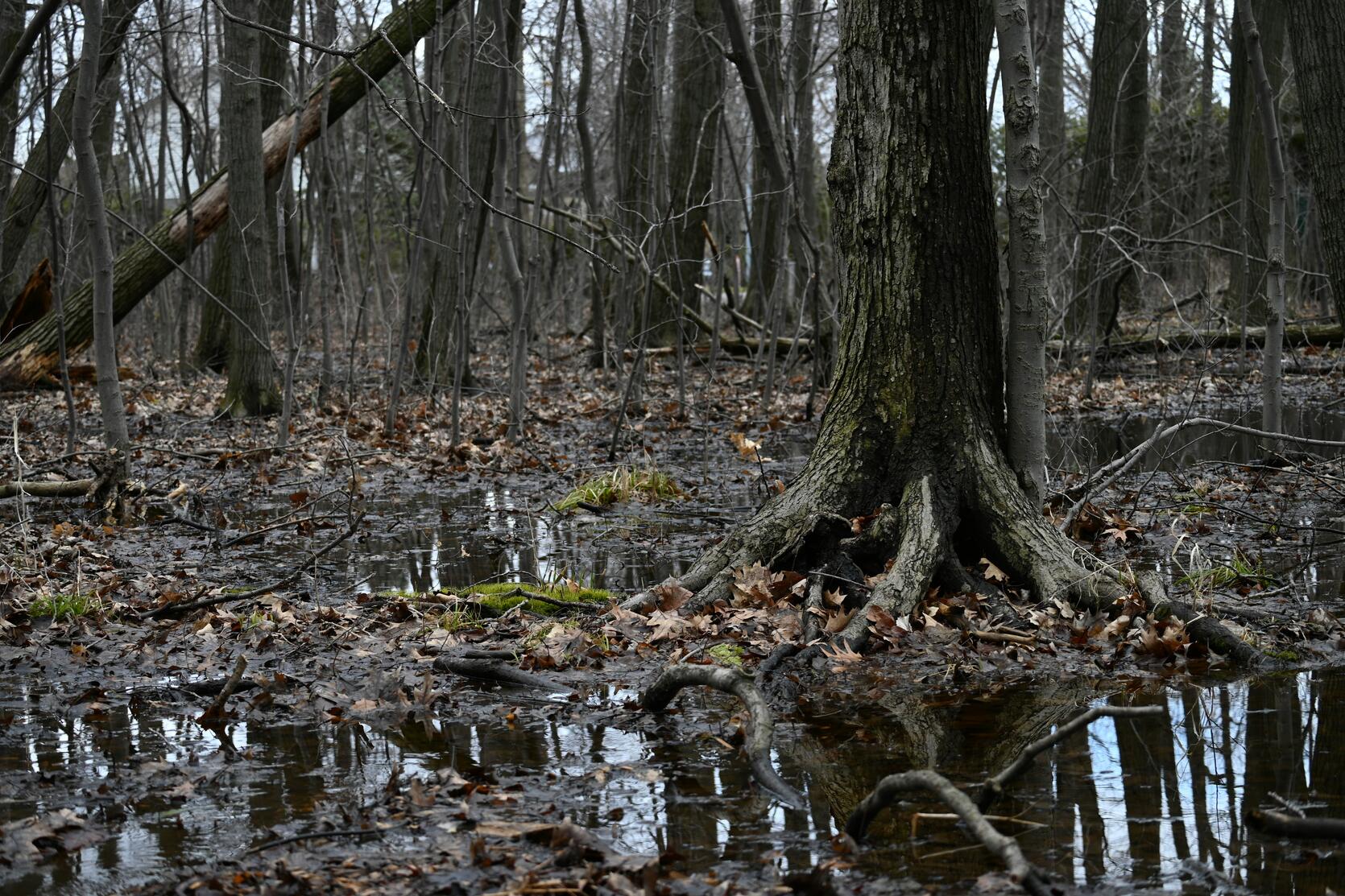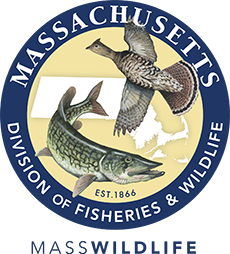- Division of Fisheries and Wildlife

As the leaves turn and the air cools, October beckons us to explore the mysterious and the unknown. And what better place to highlight than one of Massachusetts’s most storied and ecologically important landscapes—Hockomock Swamp Wildlife Management Area (WMA).
Stretching across southeastern Massachusetts, Hockomock Swamp is the largest freshwater wetland in the state, encompassing thousands of acres of haunting beauty and ecological diversity. Managed by MassWildlife, this vast WMA spans parts of Bridgewater, Raynham, Easton, Norton, Taunton, and West Bridgewater, offering a unique mix of scenic marshes, red maple swamps, acidic fens, and pockets of Atlantic white cedar bogs. It’s more than just a spooky backdrop—it’s a thriving natural habitat, home to at least 13 rare and endangered plants and animals.
The upland areas surrounding the swamp add even more variety, with mixed hardwood forests, patches of farmland, and stands of pine and hemlock. Lakes, rivers, and ponds—including Lake Nippenicket, the Snake River, and Gushee Pond—provide further refuge for wildlife, opportunities for recreation, and critical water resources for the surrounding communities.
In addition to its ecological importance, Hockomock Swamp is a place of cultural and historical significance. Archaeological sites in the area are known to span a period of 9,000 years. The name Hockomock comes from the Algonquin word meaning "place where spirits dwell." According to Wampanoag tradition, this swamp was closely associated with Hobomock, the spirit of death.
During King Philip’s War in the 1670s, Wampanoag warriors used the swamp as a stronghold in their resistance against English colonists. Its dense vegetation and twisting waterways formed a natural fortress and maybe even a perfect place to disappear into the mist. The story goes that English soldiers who feared the swamp’s unknowable depths gave it an ominous nickname of Devil’s Swamp.
Over the past 50 years, tales of the paranormal within the swamp have cropped up, perhaps due to the swamp’s rich history and striking landscapes. Strange lights, ghostly figures, and even monstrous beasts have all been reported in the Hockomock. Some say they’ve seen bigfoot stalking the woods; others swear they’ve encountered massive, winged beings swooping overhead. Adding to the mystery, Hockomock lies within the “Bridgewater Triangle”—a hotspot for alleged supernatural activity.
While these tales can be fun and intriguing, one thing is certain, this large natural wetland is an irreplaceable natural resource. Hockomock Swamp WMA plays a critical role in supporting wildlife, filtering water, and providing access to nature for all.
So, this October, while you are sitting around the campfire telling stories, don’t forget to talk about Hockomock Swamp, where the natural world and the supernatural seem to meet. And if you visit, don’t wander too far into the swamp when the sun starts to set…
